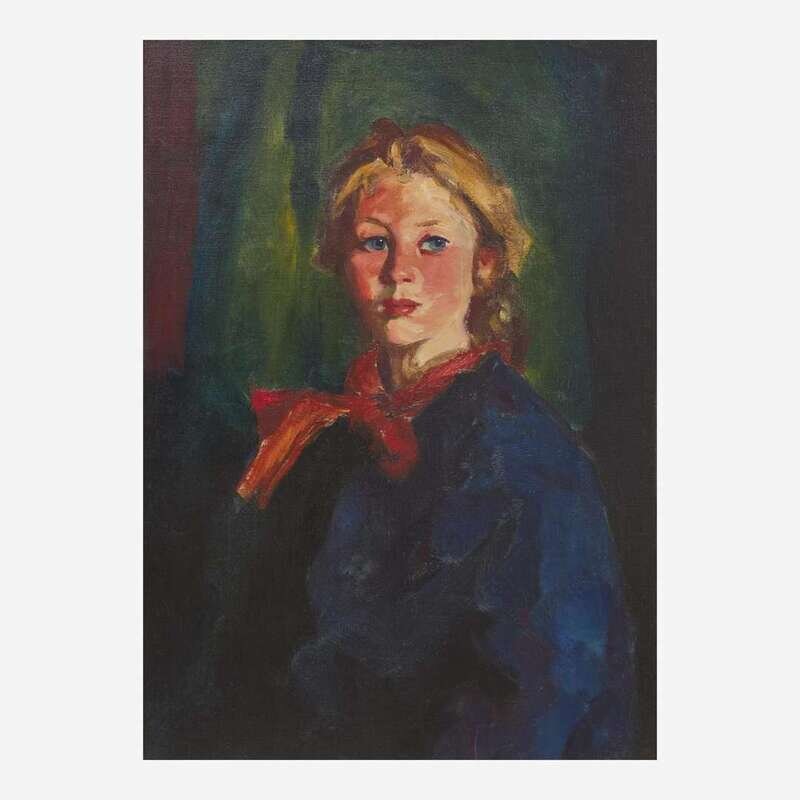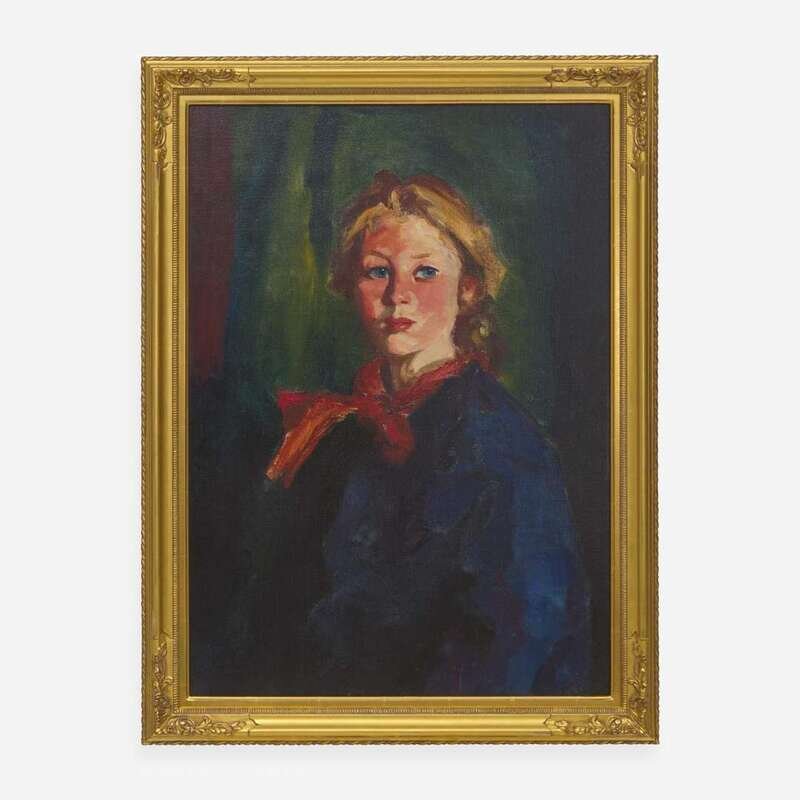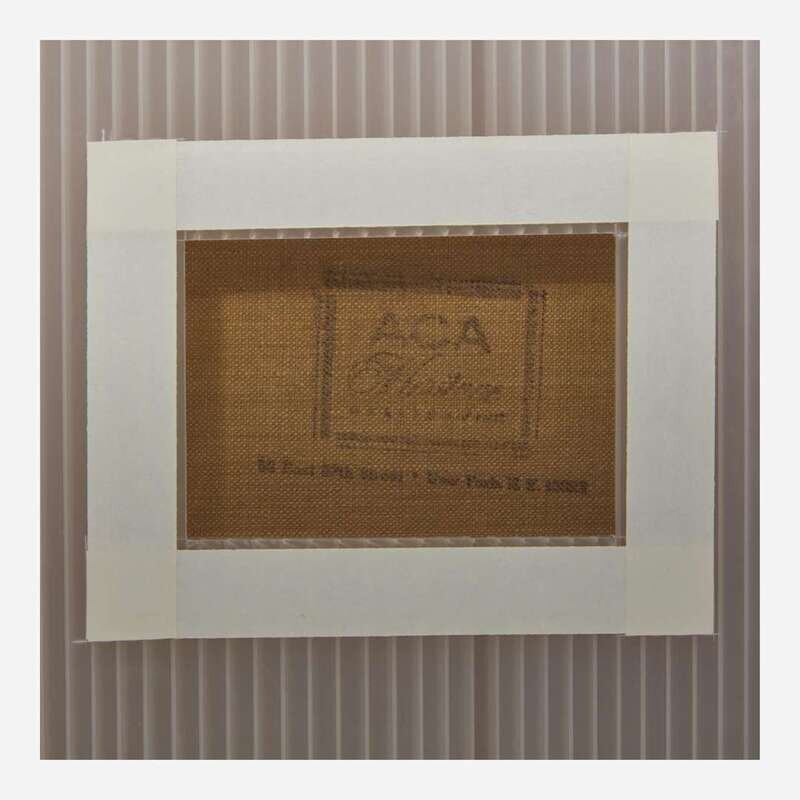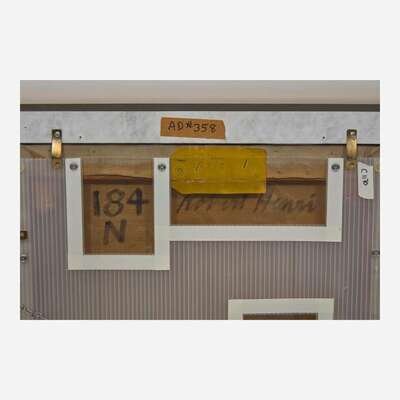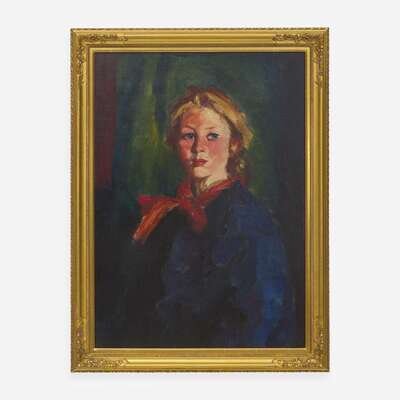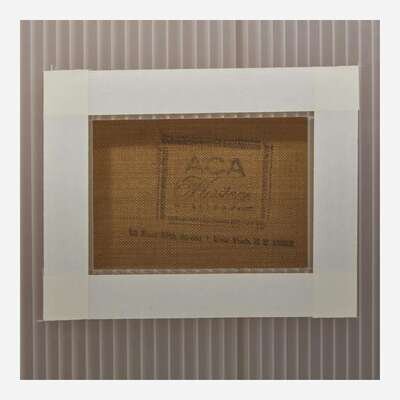Condition Report
Contact Information
Lot 33
Robert Henri (American, 1865-1929) Portrait of Katie McNamara
Sale 3774 - American Art and Pennsylvania Impressionists Featuring the Papageorge Family Collection
Jun 4, 2023
10:00AM ET
Live / Philadelphia
Own a similar item?
Estimate
$250,000 -
400,000
Lot Description
Robert Henri (American, 1865-1929) Portrait of Katie McNamara
